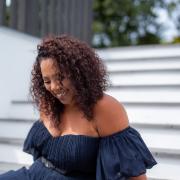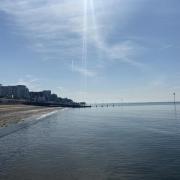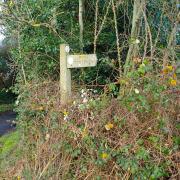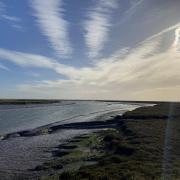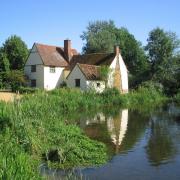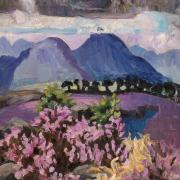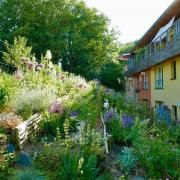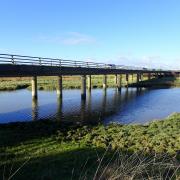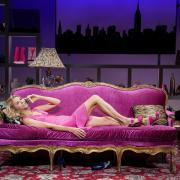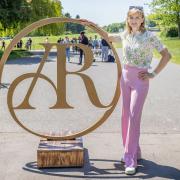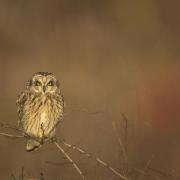Despite rapid progress in the last decade, the camera has existed as a concept for thousands of years and Essex photography returns to its roots this month, as pinhole cameraman Alan Hockett explains
In the 5th century BC, a Chinese philosopher called Mo Ti noticed that when light passed through a pinhole into a darkened room or box, an inverted picture would appear on the opposite wall. This phenomenon later became known as a camera obscura. It took 2,000 years for a camera obscura to be made portable, and in 1826, the first permanent photograph was finally developed by Joseph Nicéphore Niépce. Today, we are much more prone to using digital cameras, but this spring, a Southend-based artist is taking photography back to its roots.
Former fireman Alan Hockett became interested in early photography after running a workshop for youngsters from the Focal Point Gallery in Southend. ‘The kids would turn up with mobile phones and say, “I can take a picture with this!”’ Alan recalls, ‘But we wanted to improve their photographic skills, so we gave them baked bean cans to take pictures with.
‘If they got a perfect photograph it would have defeated the point, but I wondered what would happen if an artist tried pinhole photography while really understanding what they were doing.’
Alan subsequently spent 2013 walking the Essex and Suffolk coastline, armed with his homemade pinhole camera. Having enjoyed photography as a child, going out to take pictures with his father, this was not an entirely new experience for Alan, but perhaps it was his degree in fine art which pushed him towards the coast.
‘Our coastline has been painted by so many artists, there’s such a long tradition with fine art,’ says Alan. ‘When we visit the coast today, we all go with a normal camera and take lifelike digital pictures. We’ve seen that coastline in the same way for hundreds of years, so photographing it with a pinhole camera distorts the image and offers a radical new way of reinterpreting the landscape.
‘The round baked bean can I use changes the picture; the distortion creates emotion and tension in the image while keeping the essence of the original subject. When people see the images, they are familiar with the landscape they’re looking at, but they don’t quite know where they are – they’re seeing the landscape in a different way.’
The same could be said of some of Alan’s other recent work, which has involved transforming local architectural spaces into camera obscuras. From a medieval barn to an 18th century church porch and a beach hut on the Southend seafront, the spaces were darkened inside and, through a small hole in the wall, images of the outside world were naturally projected, upside-down, into the room.
‘The barn was the first one we were invited to do,’ says Alan. ‘It was one of the earliest types of building still standing in the country, so the image projected inside allowed people to really look at a heritage site from a new angle. The beach hut was on Southend seafront and the view inside was a projection of the view across the estuary. You could watch the ships going past upside-down. Each space was open to the public and it dramatically changed their experience of both the interior space and the exterior view.’
A similar project will be taking place in Jaywick this month, as part of Alan’s exhibition at Jaywick Martello Tower. The exhibition itself, featuring his pinhole camera images, will run from March 1 to April 27. However, on April 12 and 13 the glass viewing room on the roof of the tower will be converted into a camera obscura, offering yet another new way of viewing the Essex coastline. n
Alan Hockett’s exhibition, Drawing with Light, will be exhibiting at Jaywick Martello Tower from March 1 to April 27.




